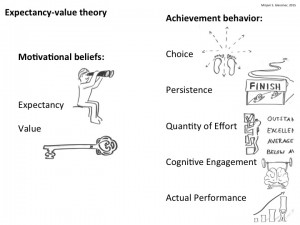
Using twitter as a tool to let students discover that the topics of their courses are EVERYWHERE
This is a method that I have been excited about ever since learning about #birdclass in the “Evidence-based undergraduate STEM teaching” MOOC last year: Help students discover that the content of…
